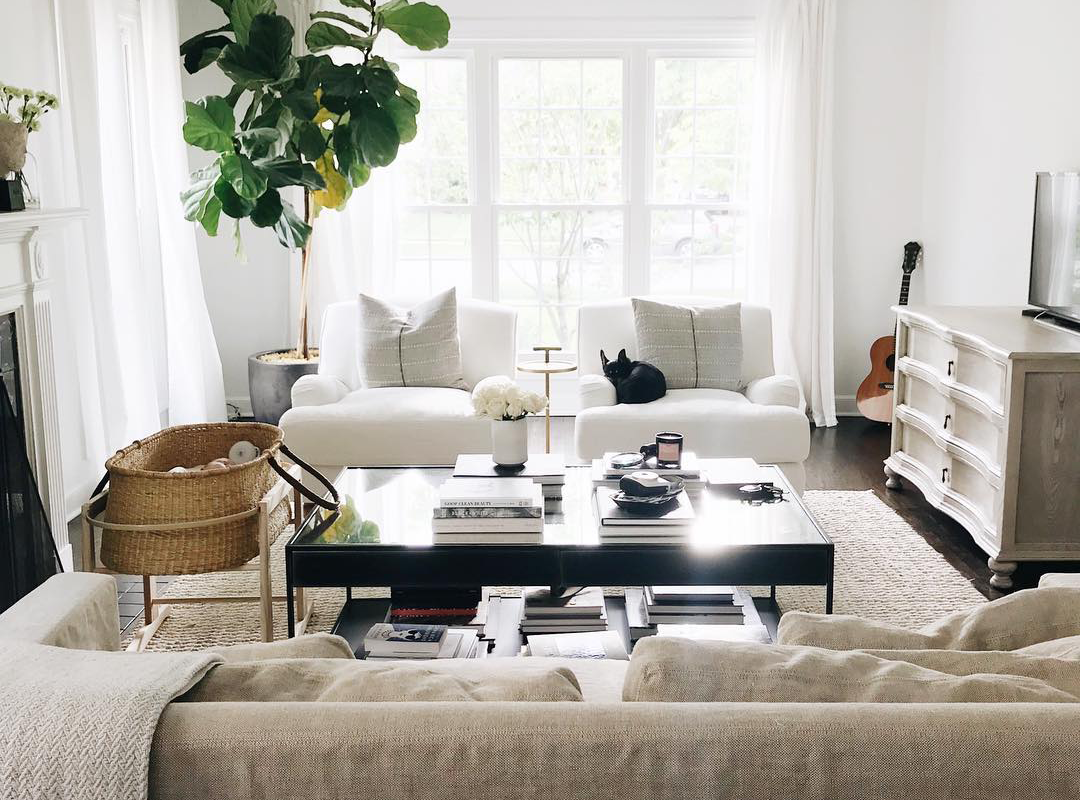Recently, I became fully addicted to Amazon Prime. I use it for so many items: books, vitamins, diapers, etc. Plus, I am loving some of the new shows on Prime Video (The Marvelous Mrs. Maisel really is quite marvelous!). And though it’s definitely a good go-to, a lot of people wouldn’t think of Amazon in relation to home decor. Trust me when I tell you, there are some pretty amazing gems hidden amongst the practical necessities. I’ve rounded up some of the very best home decor finds on Amazon (that can arrive on your doorstep in a snap!).
Chronically on a budget and short on time? Opt for ordering a personalized Father's Day card online and delivering it to their door. Use code EVERYMOM for 50% off your first card!
I am deeply into a Tulip Table — they pair so beautifully with more vintage style pieces (contrast ya feel?) and this one is so budget-friendly. I AM OBSESSED WITH THESE BASKETS. THEY ARE SO CHEAP. THROW EVERYTHING IN YOUR LIFE INTO THEM. THEY ARE PERFECT. I have truly zero storage space in my bathroom, so I picked up this little end table to set underneath my sink and keep makeup, candles, little bits and bobs on. I bought this to hide the litter box and it is truly so cute and effective — and surprisingly sturdy. Worth it! I adore this book — and it's perfect to style on coffee tables, dressers, or bookshelves.
This post originally appeared on The Everygirl on August 30, 2019.



 "
"

















































